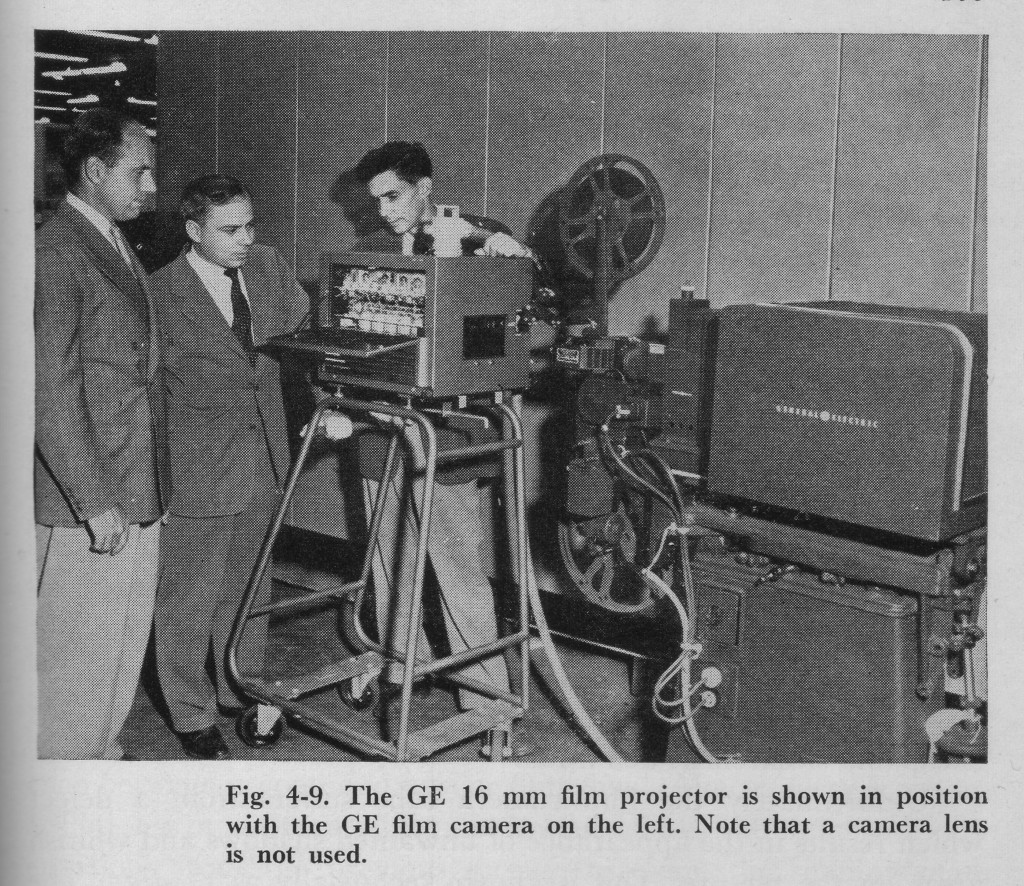There has always been an artificial divide between cinema and television. The latter, it was prophesized, would bring about the death of the former. Movies quickly embarked on out-flanking TV with innovations like widescreen, stereo imagery (3-D) and stereo sound (four-track magnetic playback), Eastmancolor, and, eventually, sex and violence that would make any network censor blanche. Cinephiles proudly declared they didn’t own a television set and TV buffs shook their heads over the expense and inconvenience of going to the movies. Frank Tashlin satirized this division early on (and hilariously) in The Girl Can’t Help It and Will Success Spoil Rock Hunter?
Cinephiles proudly declared they didn’t own a television set and TV buffs shook their heads over the expense and inconvenience of going to the movies. Frank Tashlin satirized this division early on (and hilariously) in The Girl Can’t Help It and Will Success Spoil Rock Hunter?
In reality, the two media were often closer than partisans would admit, with moguls freely shifting talent and resources from one to another. Universal, the studio that invested most seriously in TV production, would reap the benefits many times over.
In a more material sense, the first few decades of television broadcasting would be inconceivable without film. Local stations, especially unaffiliated ones that relied on syndication deals and back catalog feature film packages to fill out their schedules, were grindhouses in all but name, projecting celluloid prints of TV content hour after hour.

